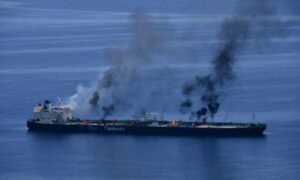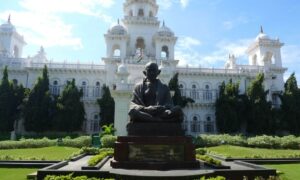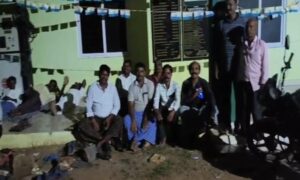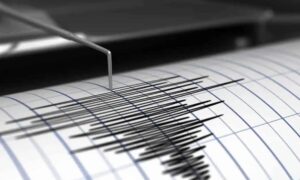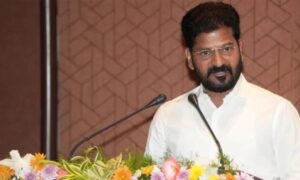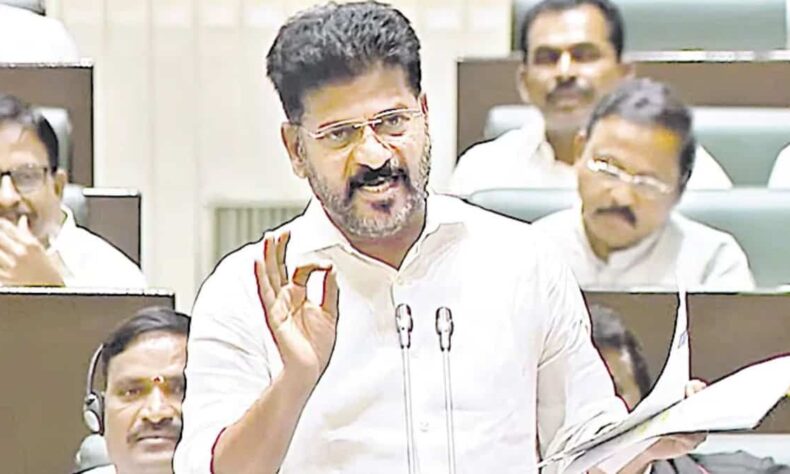
Hyderabad: The Telangana assembly has passed a resolution to hand over the investigation on the irregularities in the Kaleshwaram Project to the Central Bureau of Investigation (CBI).
Making the announcement on the floor of the assembly after 9.5 hours of discussion on Pinaki Chandra Ghose Commission report on Sunday, August 31, chief minister A Revanth Reddy alleged that former chief minister K Chandrasekhar Rao (KCR) not only ignored the national project status for Kaleshwaram Project, but also changed its design and escalated the costs to Rs 1.5 lakh crore.
He questioned why action shouldn’t be initiated against KCR, former irrigation minister T Harish Rao and former finance minister Eatala Rajender.
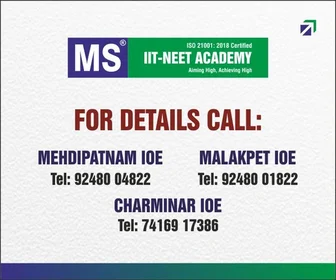
He said that the decision to hand over the case to the CBI was taken because he wanted an honest investigation into the irregularities in the Kaleshwaram Project.
Several members including the All India Majlis-E-Ittehadul Muslimeen (AIMIM) floor leader Akbaruddin Owaisi questioned what action would be initiated against those who perpetrated irregularities as alleged by the PC Ghose Commission.
Owaisi questioned why the Commission, in its report, has not recommended specific action against the contractors engaged in the project, and what action the state government was going to initiate against the perpetrators of irregularities.
The discussion on the former justice Pinaki Chandra Ghose Commission report that was tabled on the floor of the Telangana legislative assembly on the second day of the monsoon session was marred with political allegations and counter-allegations between the Congress, and the Bharat Rashtra Samithi (BRS).
After Telangana irrigation minister N Uttam Kumar Reddy presented the 665-page report, there were heated discussions on the Commission’s report.
Uttam Kumar Reddy explained various aspects of the report’s findings, and alleged that the decision to change the location of the project from Thummidihatti to Medigadda and escalation of the project’s cost from Rs 38,000 crore to Rs 80,000 crore was taken without a logical and rational reason, and the then government went for a costly and and infeasible project.
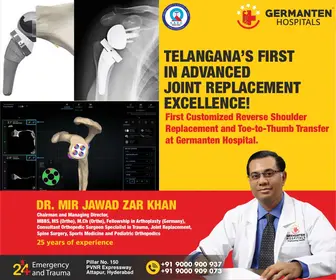

He said that in five years, only 162 TMC was drawn through Kaleshwaram Project, out of which 32 TMC was let to join the Bay of Bengal, and after deducting 10 percent loss due to evaporation and 13 TMC in storage at Kondapochamma Sagar, Mallanna Sagar and Ranganayaka Sagar; only 101 TMC was utilised through the project.
He claimed that only 2 lakh acres were irrigated through the Kaleshwaram Project, though the objective was to create new ayacut in 18 lakh acres and stabilise 16 lakh acres under the project.
He said that the foundation of Medigadda barrage that was proposed in the Detailed Project Report (DPR) was different from what was constructed, and that the entire tender process itself was illegal, according to the Commission’s report.
“It is the biggest manmade disaster and a catastrophe in the history of independent India,” he said.
Responding to the allegations, Harish Rao contended that the Commission’s report will be struck down in the courts of law, and alleged that the report was politically motivated.
He claimed that the report failed to adhere to the Fairness Under Commission of Inquiry Act of 1952, as no notices were served by the Commission to those summoned by it, under Sections 8 (a) and 8 (b) of the Act, which he said, was illegal.
He pointed out several cases where such cases were struck down by the courts in the past, where Commissions had submitted reports against leaders like Indira Gandhi, LK Advani, Kiran Bedi and Jayalalitha.
He reiterated his claim that the Central Water Commission (CWC) had stated that there was not much water availability at Thummidihatti, the reason why the project’s location was shifted to Medigadda.
Revanth Reddy questioned why the then BRS government submitted a modified series of appraisal for hydrology clearance to the Centre, though the project’s hydrology clearance was already given on October 24, 2014.
Harish Rao contended that the decision to shit the project’s location to Medigadda was taken because of the availability of 284 TMC, and that 11 permissions were secured from the Centre within a year.
Citing the Commission’s report, Uttam Kumar Reddy said that the secant pile technology used in Medigadda barrage construction was faulty.
Revenue minister Ponguleti Srinivasa Reddy claimed that one of the reasons for the sinking of Medigadda barrage’s piers was not constructing the diaphragm walls of the project in concrete.
Amid allegations and counter-allegations, the decision to hand over the case to the CBI was taken and a resolution was passed to that effect.
This article first appeared on Siasat.com
📰 Crime Today News is proudly sponsored by DRYFRUIT & CO – A Brand by eFabby Global LLC
Design & Developed by Yes Mom Hosting


